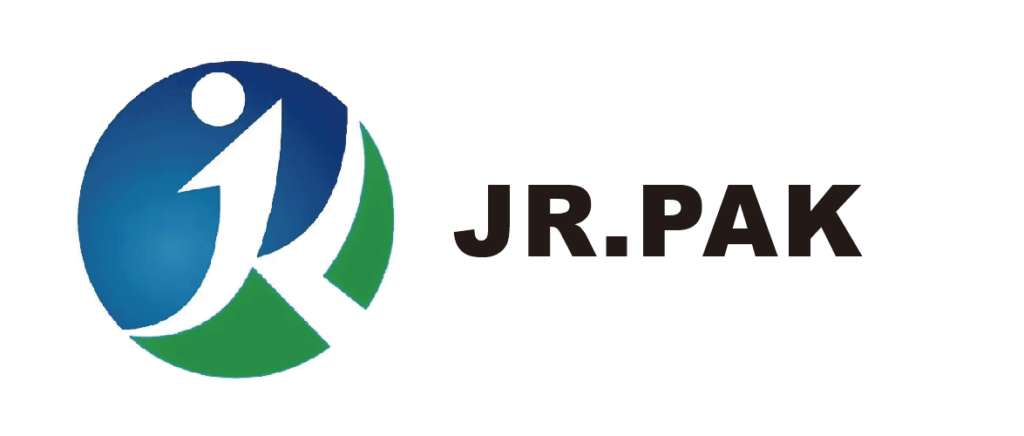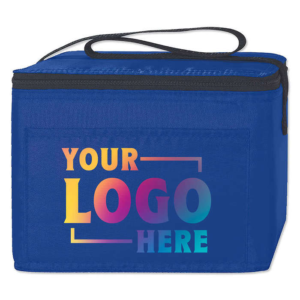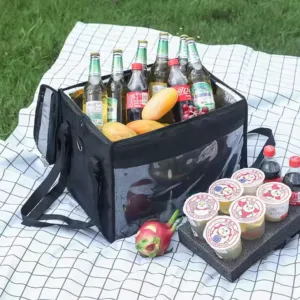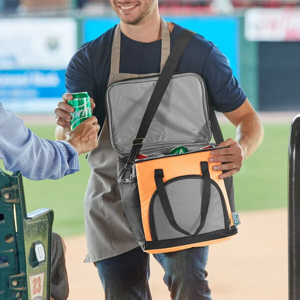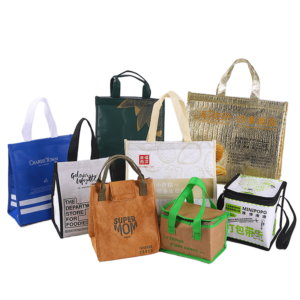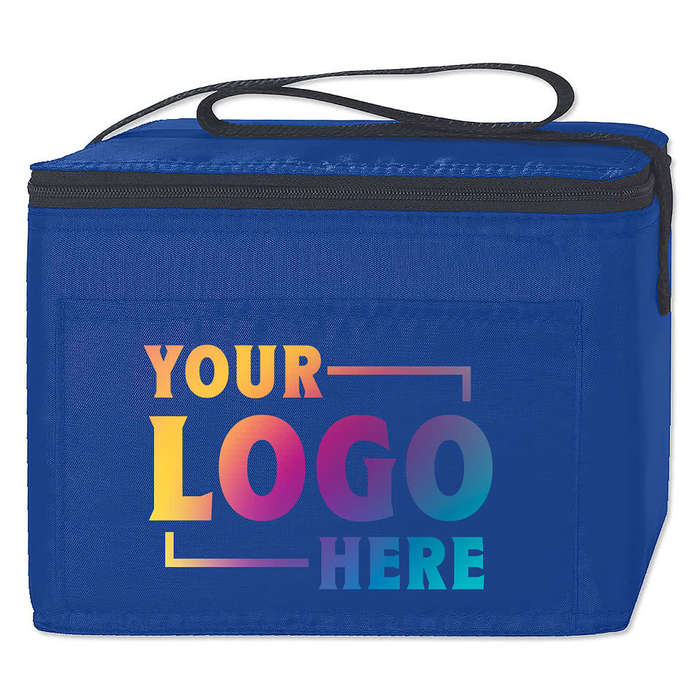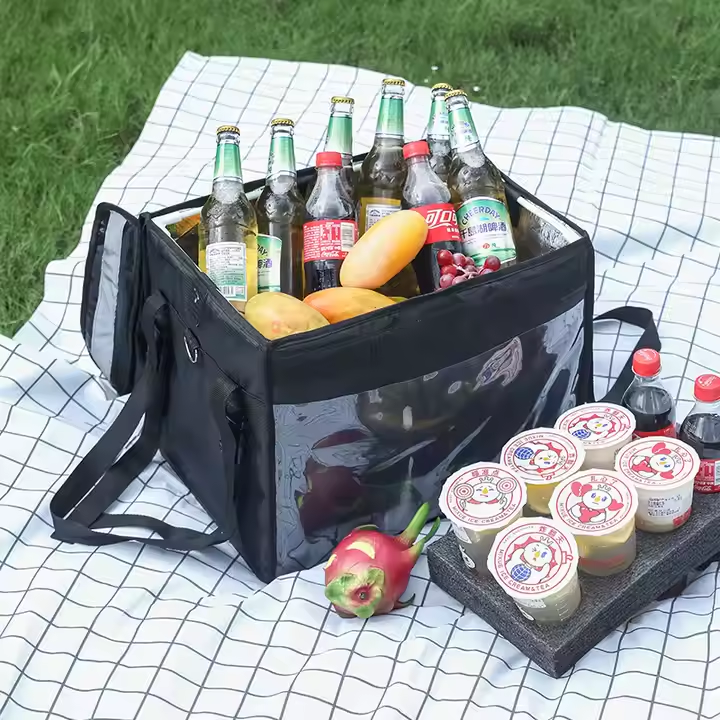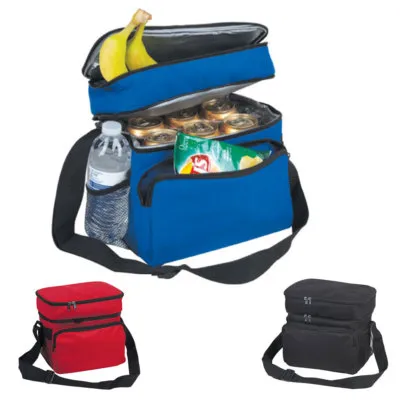Measuring the Impact of Promotional Shopping Bags: 5 Essential Metrics to Track
This article helps B2B packaging and marketing professionals evaluate the effectiveness of promotional shopping bags. It outlines key metrics and methods to quantify ROI.
5 Key Metrics to Measure the Impact of Promotional Shopping Bags

Promotional shopping bags can drive brand awareness, boost sales, and deepen customer loyalty—if measured correctly.
Continue reading to learn practical steps to track the true impact.
1. Brand Awareness and Visibility[^1]
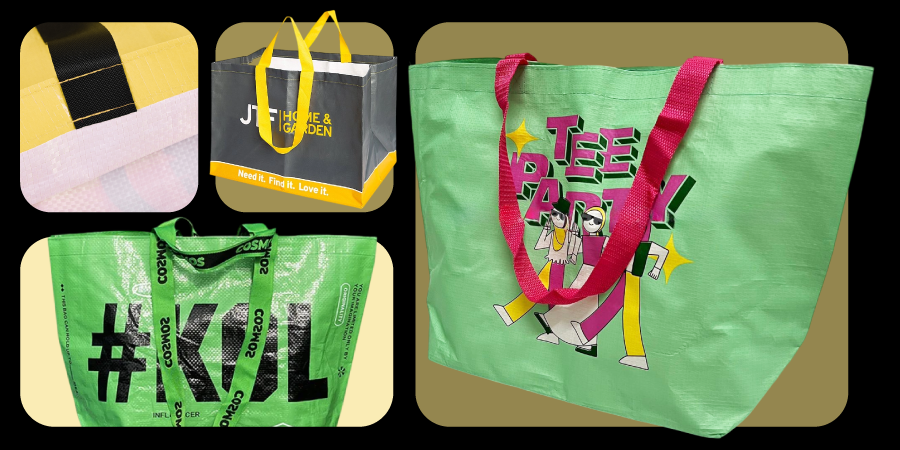
Promotional bags act as mobile billboards. They carry logos, slogans, and design elements into everyday life. This visibility builds familiarity. Familiar brands are more likely to earn customer trust and attention.
Dive Deeper
Promotional bags can reach thousands of people in public spaces. Foot traffic, public transit, and retail settings multiply impressions. Social media amplifies this effect. A branded bag in a customer photo or story can spark shares or tags.
How to Measure
| Metric | Method |
|---|---|
| Impressions | Estimate based on foot traffic and distribution numbers |
| Social media engagement | Track hashtags, mentions, and user-generated posts |
| Website visits | Monitor spikes during campaigns using UTM links or QR codes |
Implementation Steps
- Assign campaign-specific hashtags (e.g. #BrandBag2025).
- Place QR codes on bags to track web traffic and unique visitors.
- Encourage user-submitted photos with branded bags.
- Use Google Analytics or social listening tools.
Tracking visibility helps justify promotional bag costs. You get data on genuine brand exposure and public attention.
2. Sales Impact and Revenue Generation[^2]
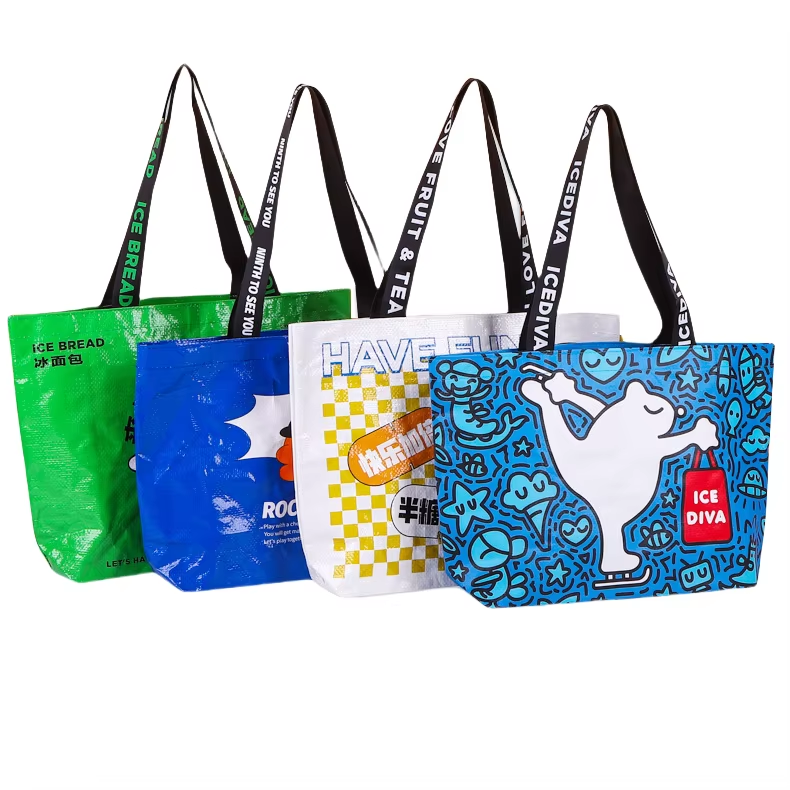
Linking promotional bags to sales clarifies ROI. When customers redeem codes or scan QR codes, it ties the bag campaign to actual purchases. This shows whether the investment boosted revenue.
Dive Deeper
Sale increases may come from direct use of bag codes or from indirect influence. A shopper sees a branded bag, searches brand online, and buys later.
To evaluate sales impact:
- Track monthly revenue before, during, and after the campaign.
- Compare average order value (AOV) across periods.
- Segment new vs returning buyers.
Tools to Use
- Promo codes unique to each bag distribution channel.
- QR codes for online redirects.
- E-commerce tracking in Google Analytics or Shopify.
Example Scenario
A chain gives 10,000 bags with unique codes. They record 500 code uses over a month. AOV rises by 10%. New customer orders increase by 15%. These data points illustrate promotional effectiveness.
Tracking sales impact proves that promotional bags can generate real revenue. It also uncovers trends in shopping behavior and type of customer reached.
3. Customer Engagement and Feedback[^3]
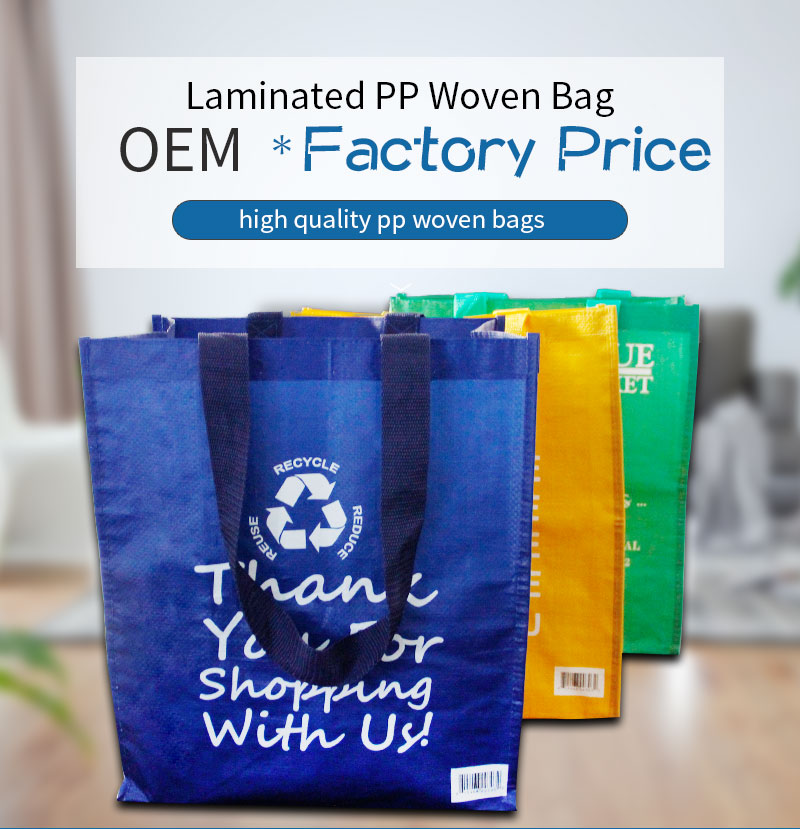
Strong engagement shows how well your bags resonate with customers. Feedback reveals preferences and helps shape future designs.
Dive Deeper
Engagement includes direct feedback and social interactions around the bag campaign. Customers who enjoy the bag will likely share their experience. You can then learn from their comments or criticism.
Engagement Tracking
- Surveys via follow-up email or receipt ask: “How did you like the bag?”
- Social media: monitor shares, comments, and brand mentions.
- Contests: “best bag photo” campaigns drive deeper interaction.
Feedback Examples
Customers might say:
- “Love the design and material—keeps groceries fresh.”
- “Bag is durable but zipper broke after two weeks.”
Why It Matters
Engagement helps you see design impact on brand sentiment. Positive feedback supports brand value. Criticism highlights improvement areas—like material, structure, or print quality.
Tips
- Offer small incentives (e.g., 5% off on next order) for survey completion.
- Respond to customer posts to reinforce brand reputation.
- Use tools like SurveyMonkey, Instagram Insights, or Hootsuite.
Gathering feedback helps ensure the next batch of bags meets customer expectations and further strengthens brand loyalty.
4. Customer Retention and Repeat Purchases[^4]
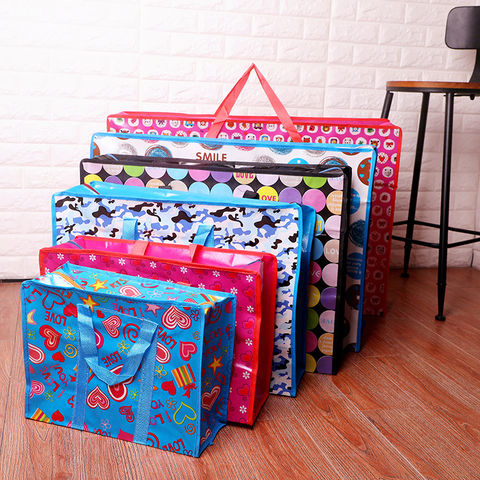
Promotional bags can drive repeat business. Tracking retention rates before and after distribution shows whether bags help build loyalty.
Dive Deeper
Retention measures how many customers come back. Repeat shoppers show buy-in. Promotional bags may prompt shoppers to return for bag recognition or associated perks.
How to Track
- Compare retention rates across periods.
- Identify whether bag recipients have higher repeat rates.
- Use loyalty programs to track bag-coded customers.
Data Example
| Time Period | Retention Rate | Repeat Purchase Rate |
|---|---|---|
| Before campaign | 25% | 15% |
| During/promotional bag | 30% | 18% |
| After campaign | 28% | 17% |
A rise in retention shows impact. Even small percentage increases can equal thousands in ROI over time.
Why It Matters
Repeat purchases drive long-term brand value. Bags that become part of a routine (e.g., grocery, work) reinforce brand presence.
Understanding retention figures helps brands adjust bag design or distribution strategy. It also supports continuous improvement.
5. Usage Rates and Longevity[^5]
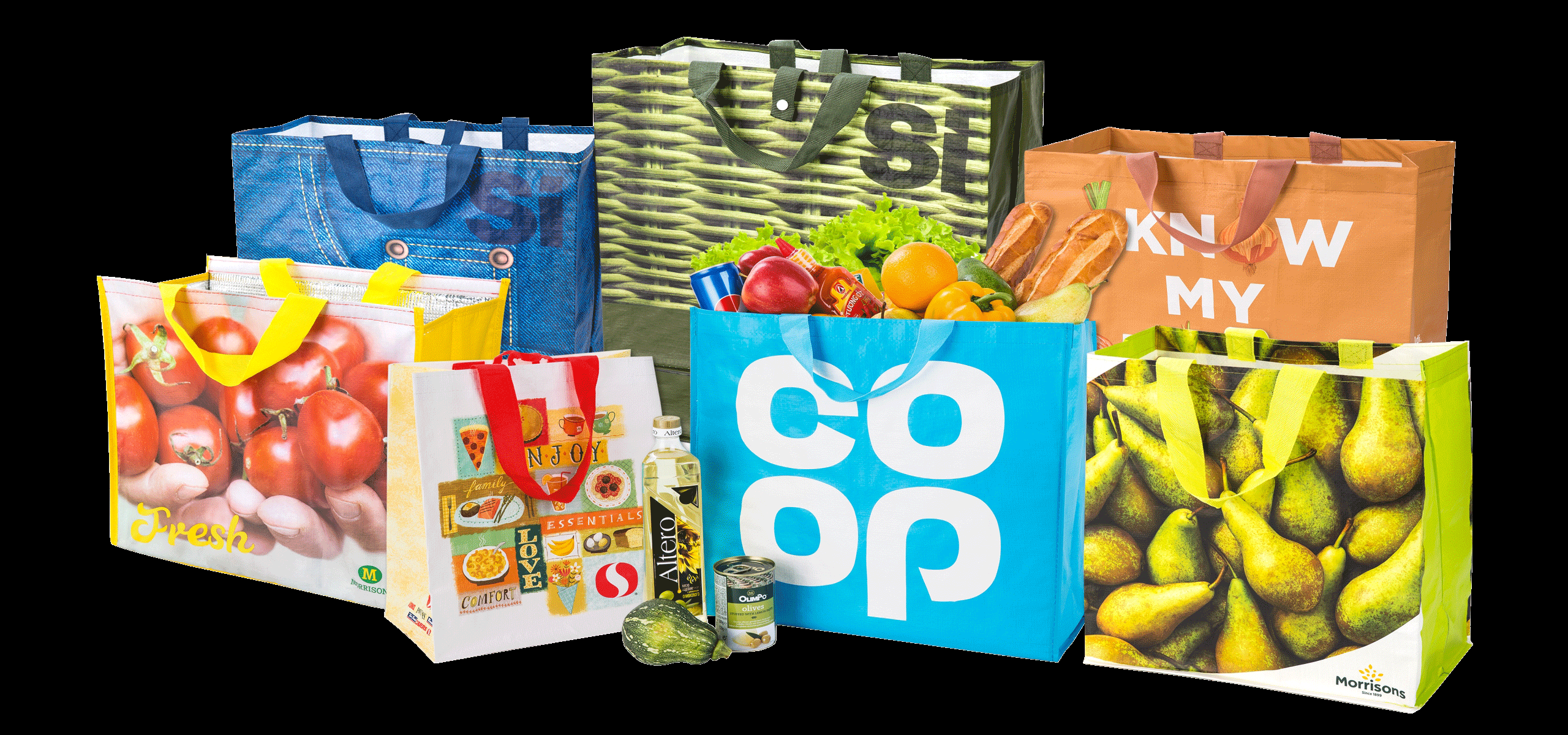
How often customers use a bag makes a big difference. A reusable non-woven bag used daily provides thousands of impressions.
Dive Deeper
Usage depends on durability and design. Smart features like reinforced handles or insulation add value. These increase bag lifespan and raise brand exposure.
Measuring Usage
- Conduct surveys: “How many times have you used the bag?”
- Social media content: users showing bag in daily life.
- Field observation: retailers can report percentage of customers reusing bags.
Example Table
| Bag Feature | Impact on Longevity | Outcome |
|---|---|---|
| Thick fabric | Lasts 100+ uses | Longer exposure |
| Strong seams | Less likelihood of tear | Better user satisfaction |
| Stylish design | Customers carry them publicly | Extra visibility |
Why It Matters
High usage adds value. It reduces need to buy new bags.
Better cost per impression and better brand spread follow.
For future orders, focus on quality materials and user‑friendly design. That ensures ongoing value.
Conclusion
Promotional shopping bags can be powerful marketing tools. Tracking these five metrics gives a full picture:
- Visibility builds brand awareness.
- Sales tracking reveals campaign ROI.
- Engagement feedback guides improvements.
- Retention shows loyalty effects.
- Usage rates reflect cost efficiency.
Choosing the right metrics depends on your goals. If your focus is brand reach, prioritize visibility and social mentions. If you care about sales, use data‑linked codes. I have seen clients boost repeat business by 12% after switching to durable, branded bags.
Each business is unique. Use the metrics that best match your objectives. Let your data guide your design, distribution, and future decisions.
I hope this article helps you measure bag campaigns more effectively. Feel free to comment with your own results or ask questions.
---
[^1]: Explore strategies that can elevate your brand's visibility and awareness in the market.
[^2]: Discover essential metrics to measure the sales impact of your marketing campaigns.
[^3]: Find out how to enhance customer engagement and collect valuable feedback.
[^4]: Explore best practices that can help boost customer retention and encourage repeat purchases.
[^5]: Understand the relationship between usage rates and the longevity of your promotional items.